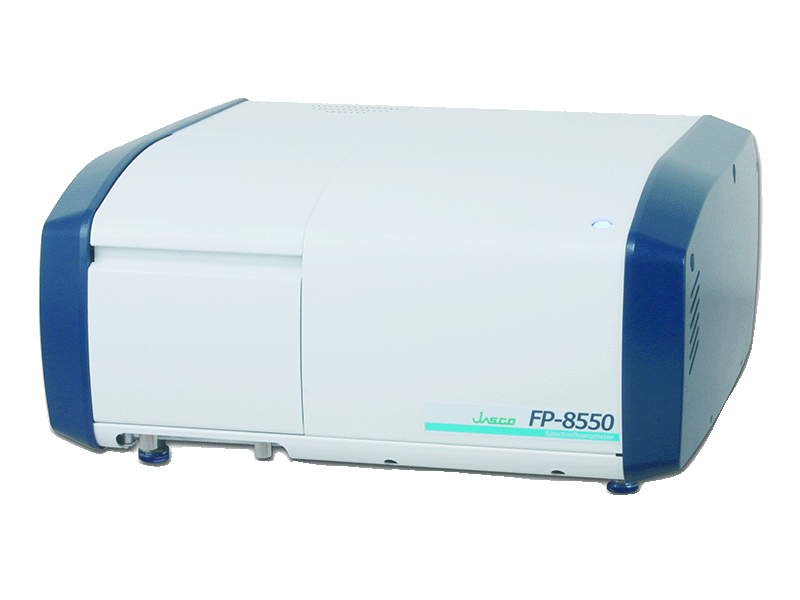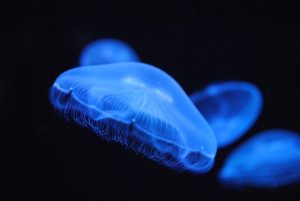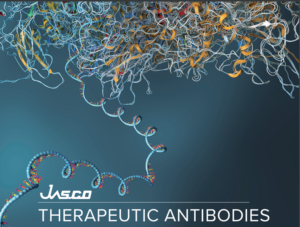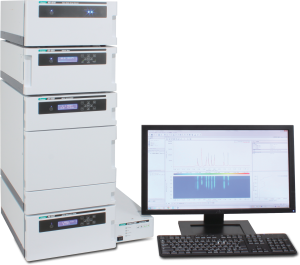Fluorescence Quantum Yield is defined as the ratio of the number of photons emitted from sample as fluorescence to the number of photons in the excitation light absorbed.
Absolute Method and Relative Method are known as measuring methods.
Relative Method is comparing the intensity of standard fluorescence with unknown sample to calculate quantum yield of the unknown sample. Therefore obtained results depend on the accuracy of standard sample’s Quantum Yield value.
Absolute Method
Quantum Yield can be also obtained directly by the Absolute Method, because the Absolute Method allows to detect all the fluorescence from the sample and integrates using Integrating Sphere, enabling more accurate Quantum Yield measurement.
[Measurement method]
Measuring incident light – Set the cell with solvent on the sample cell holder in integrating sphere, and measure spectrum of incident light (In case of the solid sample, confi rm nothing is set on the sample cell holder in the integrating sphere, and measure spectrum of the incident light). Obtained peak area is defi ned as area from incident light, S0 (equivalent number of photons in the incident light).
Measuring sample – Set the sample on the sample holder, and measure scattering and fluorescence spectra of the sample. Obtained excitation wavelength peak area is defined as area scattered from sample, S1 (equivalent number of photons which were not absorbed), and peak area in the emission wavelength range is defined as area emitted from sample, S2.
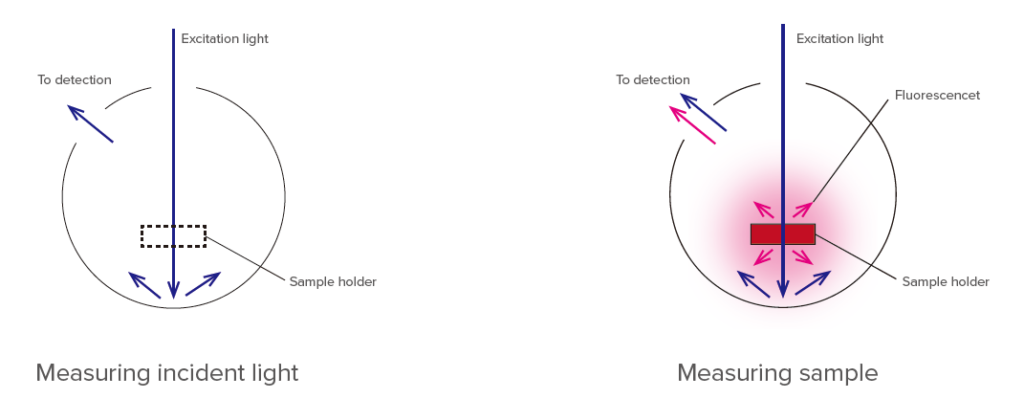
Calculating Quantum Yield – Calculate in accordance with the following.
- Sample absorption (%) = (S0 − S1)/S0 × 100
- External quantum yield (%) = S2/S0 × 100
- Internal quantum yield (%) = S2/(S0 − S1 ) × 100
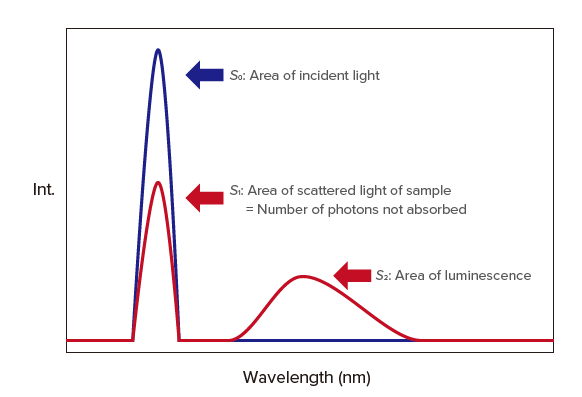
JASCO can provide the fluorescence Quantum Yield measurement system (Relative Method or Absolute Method), and also propose the proper solution to meet the user’s requirement.

